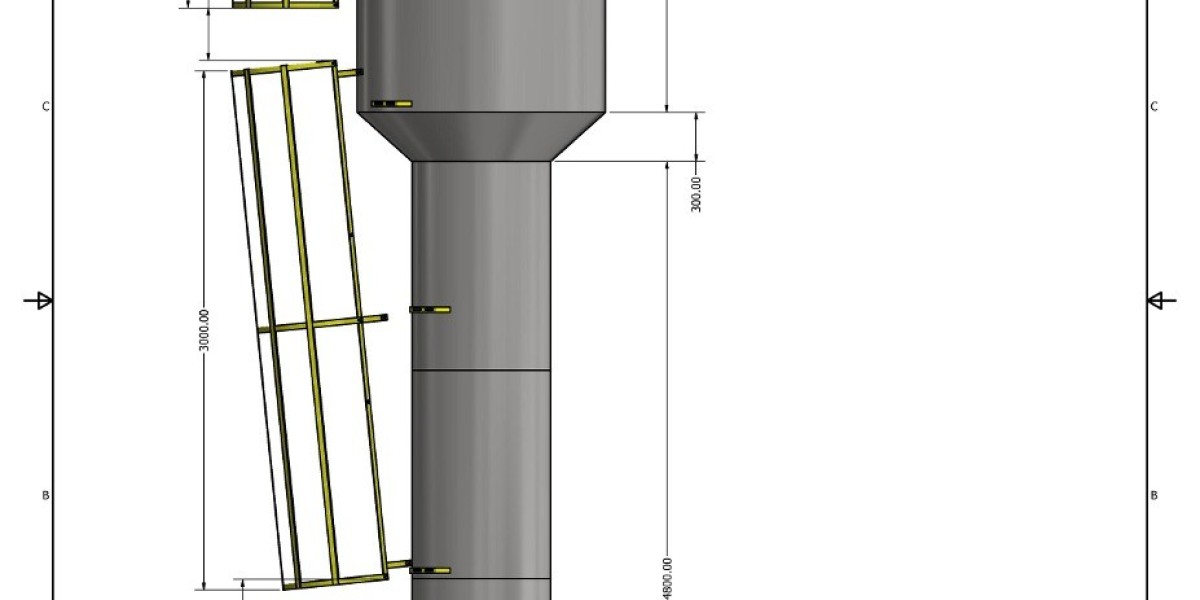In today’s fast-paced workplace, organizations that truly thrive are those that harness innovation to elevate their people strategies. Automating feedback collection is more than just a technological upgrade—it’s a transformative force that can truly revolutionize employee experience.
Table of Contents
Why Automating Feedback Collection Matters
Key Advantages of Automation for Employee Experience
Implementing an Effective Automated Feedback System
Overcoming Challenges in Automating Feedback Collection
Future Trends in Feedback Automation
Conclusion
1. Why Automating Feedback Collection Matters
Collecting meaningful feedback has always been essential for nurturing engagement, improving performance, and fostering growth. However, traditional manual processes—like surveys, email follow-ups, or one-to-one interviews—are often time-consuming, inconsistent, and subject to bias. Automating feedback collection transforms this landscape by enabling organizations to gather timely, consistent, and actionable insights with minimal effort.
2. Key Advantages of Automation for Employee Experience
Timeliness and Frequency: Real-time prompts and pulse surveys ensure feedback is captured when it matters most, avoiding recall bias and enabling quicker interventions.
Consistency and Fairness: Automation guarantees that every employee receives the same opportunities to share feedback—eliminating disparities and reinforcing equity.
Actionable Insights: Automated systems can analyze sentiment, flag emerging trends, and even recommend managerial actions, turning raw data into strategic guidance.
Scalability at Minimal Cost: Whether you're overseeing ten employees or ten thousand, automating feedback collection cuts down administrative load while scaling with your team.
Enhanced Engagement: Seamless processes let employees voice their views easily—through mobile prompts or embedded dashboards—making feedback a regular rhythm rather than an infrequent task.
3. Implementing an Effective Automated Feedback System
a. Define Clear Objectives
Start with clarity: What are you addressing—engagement, performance, retention, onboarding, or culture?
b. Select Suitable Tools
Choose platforms that align with your needs—offering automated surveys, sentiment analysis, dynamic dashboards, and integration with HRIS systems.
c. Design User-Friendly Workflows
Ensure your tools are intuitive. Prompt employees at the right moments (like post-project or monthly) via preferred channels—email, mobile, intranet.
d. Train and Equip Managers
Automation doesn’t replace human leadership—it enables it. Equip managers to interpret feedback outputs and act empathetically and strategically.
e. Close the Feedback Loop
Close the circle: share results, respond to insights, and communicate action plans. This fosters trust and signals that feedback truly drives change.
4. Overcoming Challenges in Automating Feedback Collection
Privacy and Trust Concerns: Employees may worry about where their feedback goes. Build transparency and strict confidentiality into your process.
Data Overwhelm: Automated systems can generate vast data volumes. Invest in analytics tools that help filter noise and surface insights.
Over-Automation Risk: Excessive automation may feel impersonal. Balance it with human touch—contextual check-ins, recognition, and dialogue.
Tool Fatigue: Avoid overwhelming employees with survey fatigue. Use smart triggers and mix formats to sustain engagement.
5. Future Trends in Feedback Automation
AI-Driven Insights: Expect sentiment analysis, trend detection, and manager coaching suggestions based on AI-generated summaries.
Seamless HR Integrations: Feedback tools will increasingly integrate with performance systems, engagement platforms, and learning management for unified people intelligence.
Adaptive Feedback Scheduling: Dynamic systems will learn optimal times to prompt feedback based on employee behavior signals and engagement patterns.
For More Info: https://hrtechcube.com/ai-driven-feedback-solutions/
Conclusion
Automating feedback collection isn’t just an operational enhancement—it’s a mindset shift. Done right, it transforms employee experience by making feedback continuous, strategic, and deeply personal. Leaders gain clarity, employees feel heard, and organizations become more agile and resilient. Embrace this evolution and watch how consistency, insight, and empathy converge to elevate your workplace culture.
Related News/ Articles Link:
https://hrtechcube.com/why-third-party-consulting-drives-agile-enterprise-growth/
https://hrtechcube.com/hr-case-management-great-place-to-work/
https://hrtechcube.com/build-future-ready-hr-workforce/
https://hrtechcube.com/performance-management-for-the-dynamic-organization/








